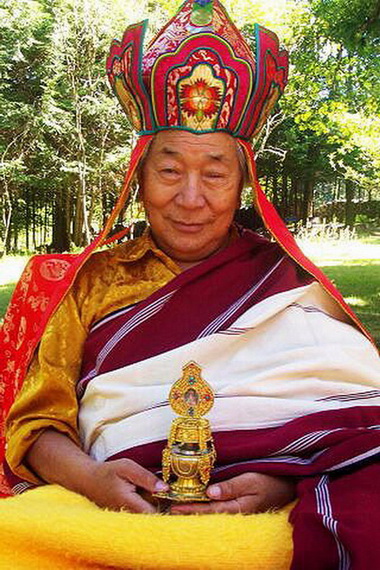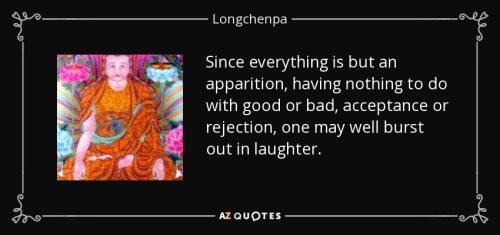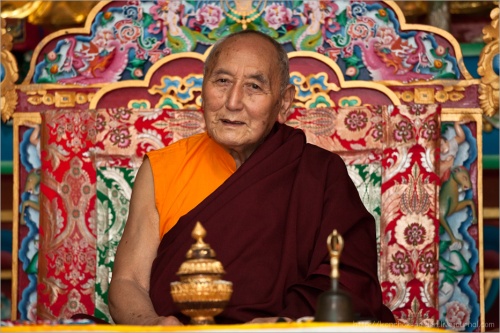Another important master that has come to this Saha world is Kalu Rinpoche. His Parinirvana is tomorrow, May 20th. Not without controversy, we certainly can learn a lot from this great, compassionate master.

Beneficial Quotes:
From the book The Dharma: That Illuminates All Beings Impartially Like the Light of the Sun and the Moon
Kalu Rinpoche tells us, “Whether we follow the scholastic or meditative approach really depends on our inclination, but regardless of how extensive or specialized our interest may be, some intellectual basis is certainly necessary. ”
“It is said that someone who tries to meditate without a conceptual understanding of what he or she is doing is like a blind person trying to find the way in the open country: such a person can only wander about, with no idea how to choose one direction over another.” — Kalu Rinpoche
From the Kagyu website:
“If we can practice bodhicitta, develop patience, and pacify all disharmony in our own home, then we have prepared the way leading to the development of limitless bodhicitta.” He continues…
“If, on the other hand, we cannot maintain patience and harmony in our own home with our own family, then it is very unlikely that we will be able to do this with respect to all sentient beings, who are infinite in number.” — Kalu Rinpoche
From the book Gently Whispered: Oral Teachings by the Very Venerable Kalu Rinpoche
“In the current general cultural milieu of the Western world, expression of desire allows emotions to be actively encouraged, actively stimulated, and over-blown, all within the contextual appreciation of this as something healthy. If one has a desire, one is encouraged to fulfill it.” He goes on to say:
“If one has an emotion, one is encouraged to stimulate it, to bring it to development by expressing it. Generally, this is seen as a healthy thing to do, while actually, in terms of karmic development, this approach tends to create a disproportionate exaggeration of desire and attachment. — Kalu Rinpoche
The Four ‘Faults’ of Natural Awareness:
- So close you can’t see it.
- So deep you can’t fathom it.
- So simple you can’t believe it.
- So good you can’t accept it.
“The pure nature of mind – emptiness, lucidity and intelligence without limit – has always been inside us.” — Kalu Rinpoche
Offerings:
Offering candles, incense, butter-lamps with a good intention (to the Lama) will create a lot of good karma and positive merit but offering the Tsok Feasts will generate the most merit and wisdom together that will forever be stored in our mind-stream.
The Kalachakra Tantra of Holding the Qualities of the Lama teaches:
“The merit accumulated by making offerings on the anniversary of one’s lama will dispel negative karma and obscurations accrued for countless eons, like the rays of the sun dispelling darkness.
This merit is superior to that accumulated by all beings in the three thousand world systems who gained merit through venerating and serving the Buddha.
Moreover, this merit is greater than the merit accrued by donating eyes, curing disease, and dispelling the sorrow of beings who are blind, ill or tormented by suffering in the hell realms and who are as numerous as the dust particles of the three thousand world systems.”
Tsok Dates:
Kalu Rinpoche passed into parinirvana on May 10, 1989 which falls on the 5th day of the 4th Month of the Tibetan Lunar calendar. Previous Ganachakra ceremonies have fallen on these days:
- 2016: May 11th
- 2017: May 30th
The parinirvana date for this year is: May 20th, 2018
Once again bringing forth awareness of the wrong intention and bad behavior within the mind of deluded sentient beings, Kalu Rinpoche’s yangsi (present incarnation) speaks out. With a sincere heart and good intention he raises our understanding what is happening in the hearts of evil people.












